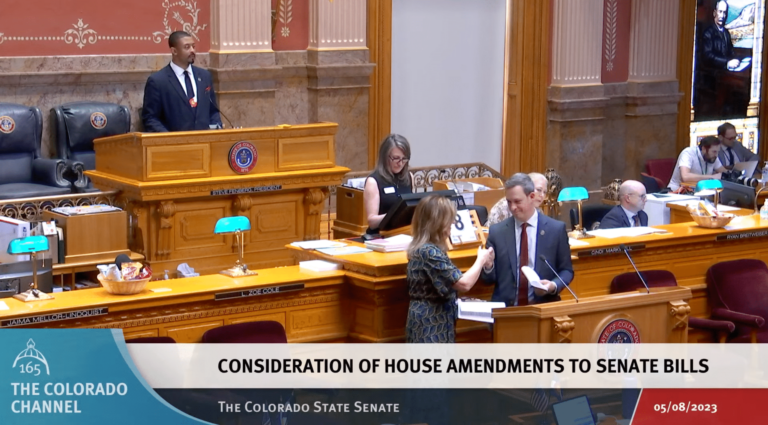Wind Health Impacts Dismissed in Court

Wind health impacts have been dismissed in courts across the globe. This Energy and Policy Institute report assesses legal cases in five English-speaking countries pertaining to wind energy. The intent is to provide clarity in assessing potential legal liability, and to identify the weaknesses of evidence and expertise that are common in health-related suits against wind farms.
By Mike Barnard, Senior Fellow on Wind Energy. Edited by Gabe Elsner and Matt Kasper.



